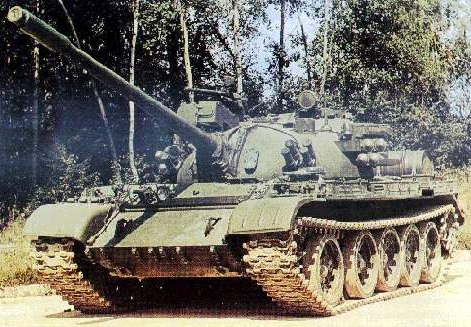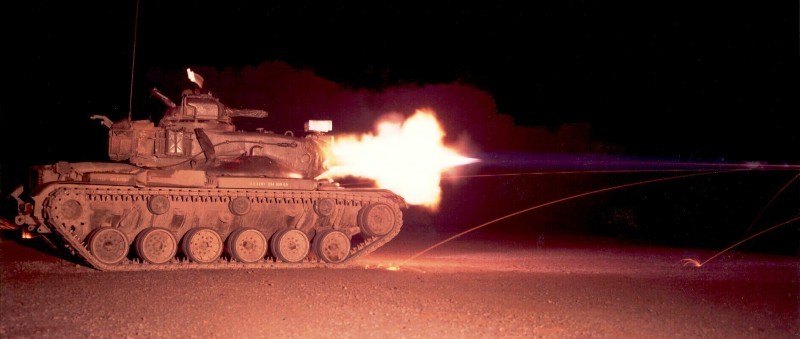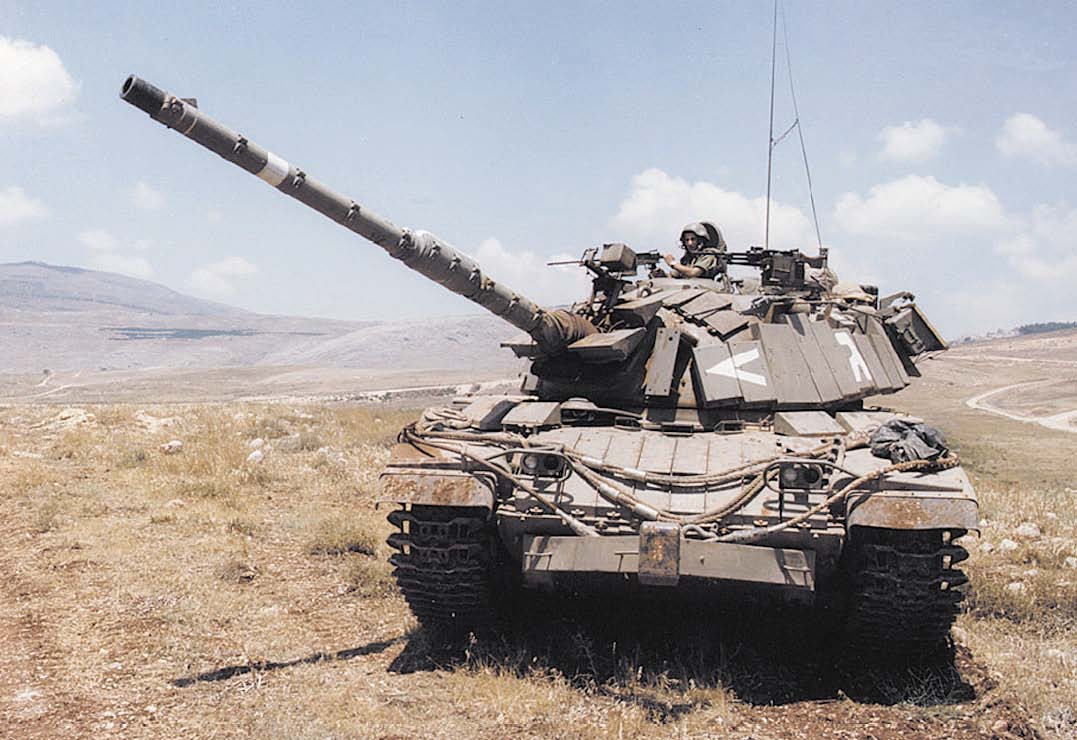World of Tanks news » The Chieftain's Hatch: The Devil's Due, Pt 2

At the Maneuver Conference of last year, the Israeli company Rafael had a stand for their Trophy system. Sadly, I didn’t take a photo of the very large banner they had, but it was advertised as the world’s first and only active protection system, and it entered service only a couple of years go. Interestingly, a quick look around their website does not seem to display this claim any more. Perhaps there was some fine print somewhere, but I can’t help but think back to the operational deployment of the Drozd system in Afghanistan over twenty years ago, or the pushing of Arena for years.

Several months ago, I wrote “The Devil’s Due, Part 1”. The implication, of course, being that there would be a “Part 2”. That’s this one. The general gist of Part 1 was that when we look at equipment, it should be from the perspective of what the manufacturers had in mind when they designed them, not from the perspective of what we have in mind when we look at them and often in comparison to what we are familiar with. The ‘due’ that I’m going to give the Russians in this one is a slightly different one. It’s the fact that, though they certainly suffered certain technological limitations, they were also at the forefront in some ways, and in other cases they were more than willing to fully embrace a new technology long before others.

It is important to distinguish for these purposes between at least three levels of technology. The first level is simply coming up with the idea to begin with, and dabbling in prototypes. The second level is putting it into the field, even if it was on a limited or failed basis. And the third level is to go all-in, put the technology into front-line or wartime service. Militaries are traditionally very conservative, and with good reason. With so much on the line, there is little to gain from adopting something other than that which you know has worked in the past. Of course, the R&D process never stops, but often without the impetus of an actual shooting war currently ongoing, exactly how often any idea goes from level 1 to level 3 is questionable, especially if level 2 proves problematic and requiring further refinement (See photo above!)

The Israelis seem to have been on the receiving end of Soviet Level 3 a rather disproportionate amount, often times to significant effect. Their experiences are a testament that the Western forces, known for their general technological advantages, do not have a complete monopoly on the subject. Anti-tank, anti-aircraft, and anti-ship missiles may not have been invented by the Soviets, nor may they have been the first nation to have them enter service, but they went all-in with large scale issues before anyone had any idea as to their practical utility in such a manner. They also worked through issues which Western manufacturers either could not, or would not solve.

The tank-launched missile is an interesting case in point. The reason the US military abandoned tank-launched missiles after MGM-51 was, frankly, it didn’t think it needed it enough to justify the effort and cost. Conventional tank cannons became accurate enough and powerful enough to do what the US felt it needed its tanks do to. The Soviets evidently did not come to the same conclusions, partially because of the differing viewpoints of what they want their tanks to do in the first place, and partially to address the issue of lack of effectiveness at range of their conventional tank cannons, and came out with some very capable systems. What is interesting, however, is that Western forces are now starting to re-visit the concept, with Lahat and MRM, but now they’re playing catch-up in that field.
Similar can be said for smoothbore tank cannon. It’s not as if the Soviets were the first to try the things out. By the time the first U-5TS was tested in 1959, the Americans had already reviewed their own T208 and T210 90mm and 105mm smoothbores. But the Soviets took the risk, dove headlong into the smoothbore pool, and have never looked back. Eventually the Western countries decided it was a good bandwagon to join. Helmet mounted sights on aircraft, same thing. US Navy had VTAS on a few aircraft, then it vanished, only to make a comeback after the Soviets made it a standard feature.

Of course, it can work the other way as well. The Soviets seem to have come up with ERA, but gave up on it for a while. Only to return to the concept in force in the 1970s after seeing it adopted elsewhere. The fundamental thing I’m looking to go for here, though, is that possibly more than any other military, the Soviets have been willing to abandon the conservative thinking, and just go completely out of the box.

Like everyone else, sometimes they come up with an interesting idea which turns out to be a practical dead end. Sometimes they come up with ideas which, frankly, we have no idea if they’re a good idea or not, and I’m thinking Shkvall as an example. And sometimes they are class-leaders in the field, such as the tank autoloaders which is now the mechanism of choice.

Soviet military doctrine basically can be surmised as "Hit hard, and reinforce success." In almost everything that they did, they understood their strengths and weaknesses, emphasising the former, and not trying to contest the latter. They may never have been able to keep up with us in the West in areas like solid state electronics, so they had the courage to tread where nobody else would. There was far more to Soviet thinking than "Quantity has a quality of its own" which is as far as a lot of people will go on the subject. As we are starting to see instances of Israeli systems knocking down incoming warheads, don't forget to give the Russians their due.
















 Update comments
Update comments